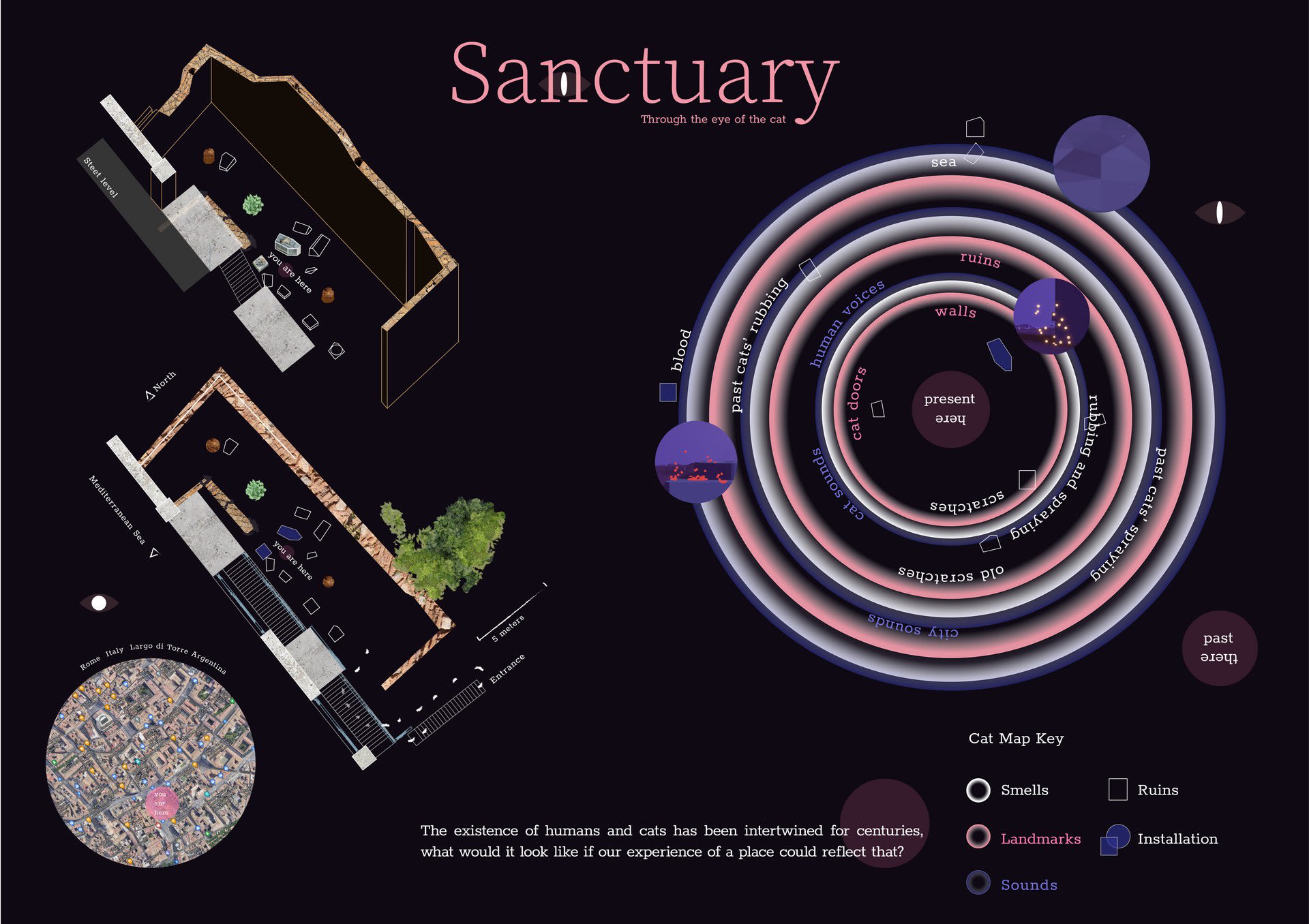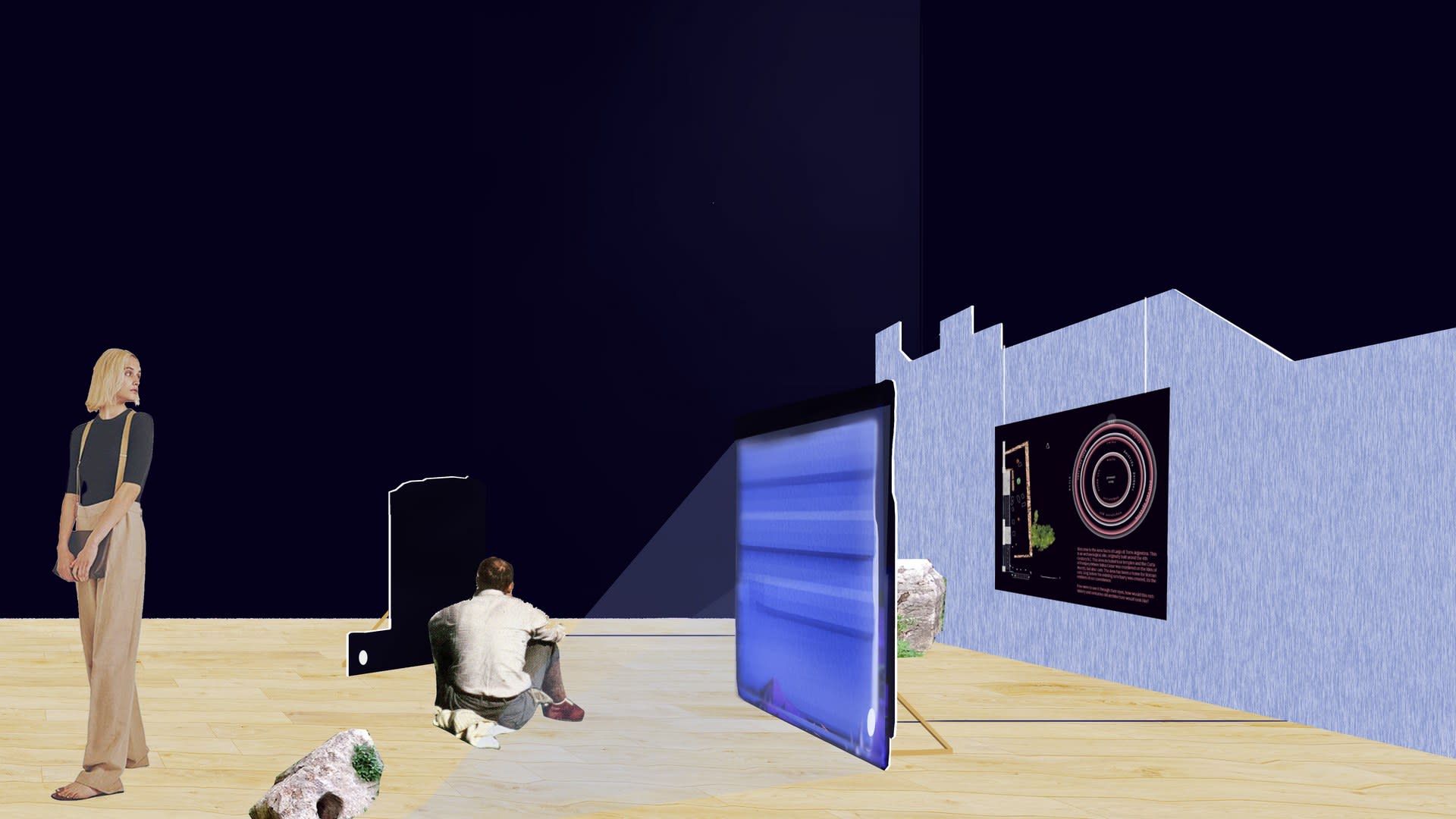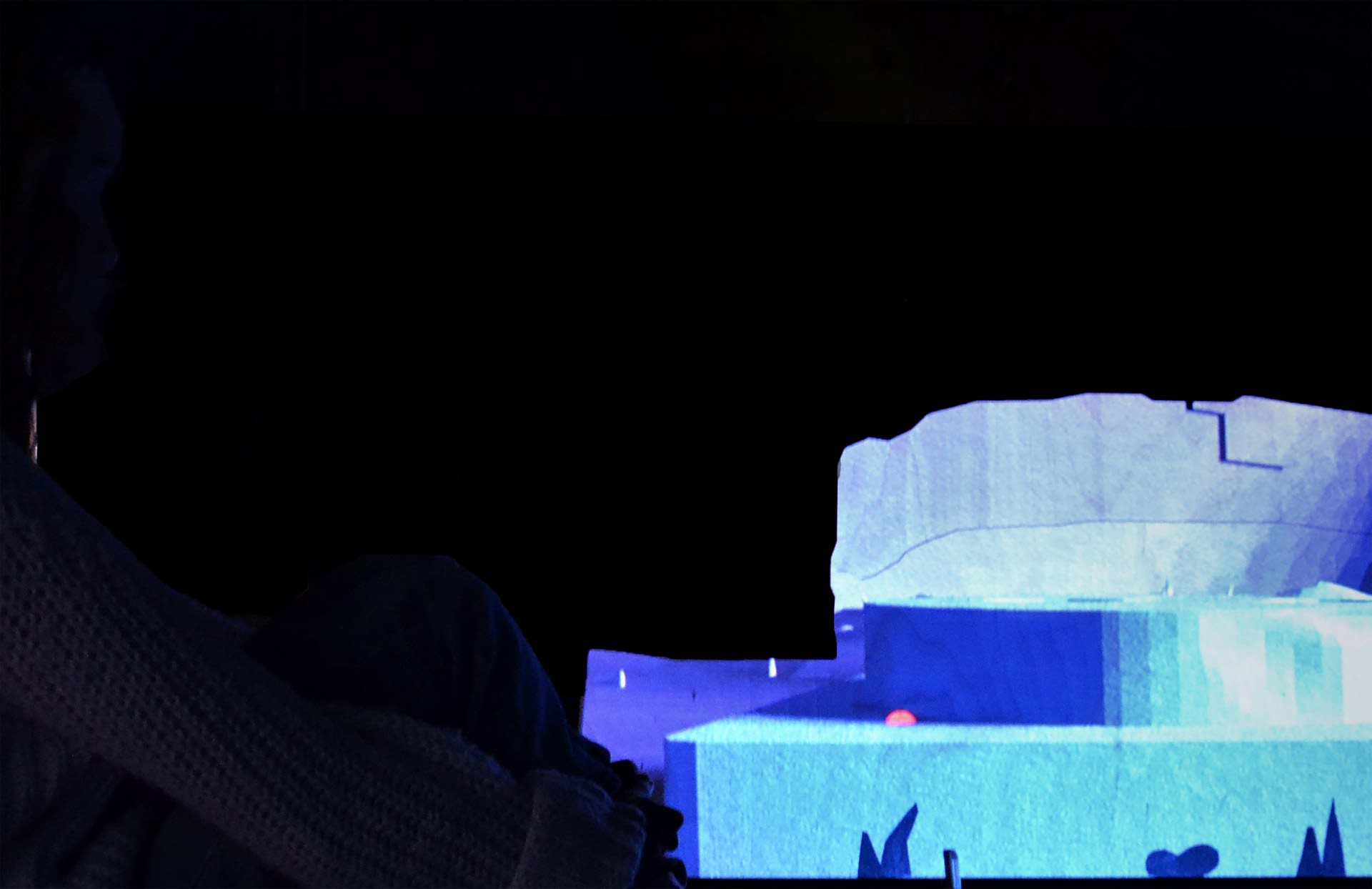Giorgia is an experience designer. Her work spans from visual and digital design to interactive installations and workshops. She is currently part of the Museum of Brands Learning team, where she helps design and deliver workshops and educational activities. Giorgia also worked as production assistant and designer for Thiaso Teatro and collaborated with institutions such as BBC (2019) to design and prototype an interactive display for the Research & Development department; INAF, the Italian Astrophysics Institute (2018) to create an immersive exhibition design concept.
Her work has been exhibited at CAA Conference, Chicago (Playin' it by the ear, 2020) the Crypt Gallery in London (Moss Memorial, Xcavations 2019) and at the Korean Cultural institute in Rome (Corpi Eterei, Sinestesie 2018).








